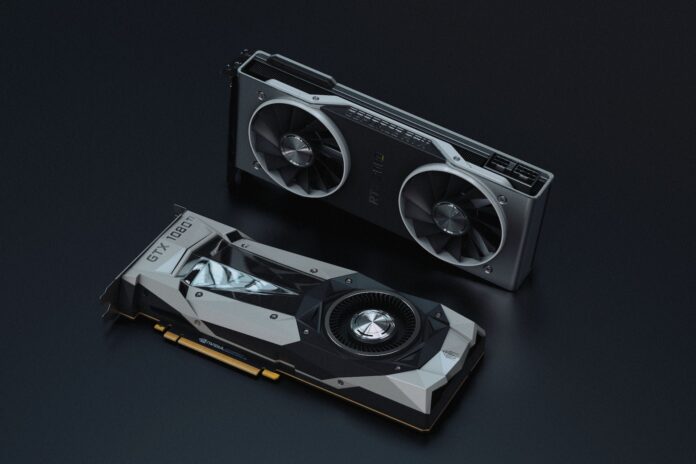Integrated or dedicated graphics cards. How do you know which one is better for your computer or whether you maybe even need both types? It can get confusing if you don’t have any experience with graphics processing units, but key features differentiate them from each other.
A GPU can be your most powerful hardware component and is the one thing that can improve your game performance, but you need to have the proper unit installed. Don’t stress too much though because telling them apart is actually pretty easy to do.
Integrated Graphics Card Features
Integrated GPUs are often paired with the computer’s CPU. What this does is allow the GPU to use the system’s memory/RAM rather than the card memory. Integrated graphics are also built specifically to use less energy and operate more efficiently.
Where integrated GPUs are more effective for running day-to-day tasks, they aren’t great for graphic-intensive games that utilise a lot of resources. This is a major downside for gamers because the integrated graphics card might not run even low-resource games. The upside though is that an integrated card will use less heat, which will extend your computer’s battery life quite significantly.
Dedicated Graphics Card Features
The main difference is how the GPU is designed. Since integrated cards are combined with the CPU, a dedicated one is a separate piece of hardware that uses its own memory and RAM. This means that you won’t have to worry about using up your PC’s memory, the card has enough RAM allocated. The best part is that dedicated graphics cards are more suitable to play games that need sharp and clear graphics. If you want more specifics about the technicalities, go to https://www.lenovo.com/gb/en/faqs/intel/intel-graphics/.
With a dedicated graphics card, it is an extra component plugged into the motherboard, whereas an integrated one fits with the CPU. Dedicated cards are perfect for producing high-definition and 3D videos. But, with the increase in performance and memory usage, dedicated cards run very hotly, so you need a powerful fan that can take the extra load.
Main Differences
The main differences that you will notice between dedicated and integrated graphics cards are performance, power usage, and cost. Dedicated graphics supersede integrated units with performance power. You can also customise your graphic settings better with dedicated cards to choose what and how much resource is used at any given time. Integrated cards will use a set standard amount of memory and space.
The usage of power as previously mentioned is very dissimilar. Integrated graphics cards use less power and run at cooler temperatures than dedicated ones, but then performance is disadvantaged. A dedicated card can reach up to 77 degrees Celsius and an integrated card will reach half that.
When you are looking at the price of different graphics cards, it is logical to say that dedicated graphics cards are far more expensive. And this is okay because you are getting much more performance power with a sharper image if you purchase a dedicated graphics card. Integrated cards also cannot be upgraded the same way that a dedicated card can.
With these basics, you should easily be able to tell the difference between different GPU types, how they compare to each other and which one you should purchase for your computing device.

| [donate]
| Help keep news FREE for our readersSupporting your local community newspaper/online news outlet is crucial now more than ever. If you believe in independent journalism,then consider making a valuable contribution by making a one-time or monthly donation. We operate in rural areas where providing unbiased news can be challenging. |



















